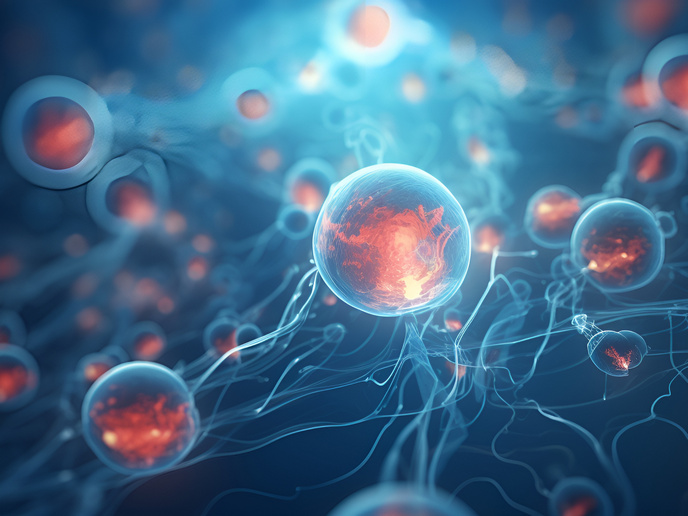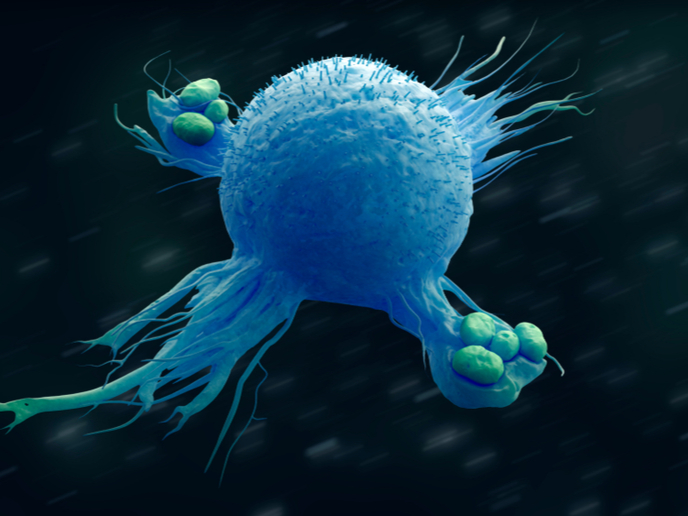Engineering liver tissue from embryonic stem cells
Unlike adult stem cells, ESCs (obtained from embryos) can differentiate into any desired cell or tissue type. However, in the case of engineered liver cells, hepatocytes, there are several problems complicating the process, such as mixed cell populations, minimal metabolic function and long-term de-differentiation. The MICROLIVERMATURATION (Gene network-based maturation of embryonic stem cell-derived hepatocytes in a microfabricated array) project has investigated how to resolve these issues. MICROLIVERMATURATION researchers started out with the premise that modulating transcription factor activity could make the differentiated hepatocytes similar to mature hepatocytes. To develop and optimise a 16-day reproducible protocol, they used an advanced microfluidic device called living cell array (LCA). LCA has multiple green fluorescent protein (GFP) reporter libraries for screening, monitoring, understanding and controlling transcriptional events. Viable immature foetal-like hepatocytes expressing alpha-fetoprotein and albumin were generated. These cells were highly homogenous and similar to human hepatocytes. Three natural agonists, compounds that bind to receptors and activate biological response, were identified. These play a critical role in transcription factor activity and metabolic maturation of the cells. Project researchers made striking progress on nutritional requirements of an optimised protocol. Work showed that enhanced glycolysis in hPSCs encourages the production of Ac-CoA and subsequent histone acetylation. Mitochondrial activation in the first hours of differentiation shuts down this pathway, driving de-acetylation and stem cell commitment. The gut microbiome was shown to be critical in the production of key metabolites controlling the late stage of hepatocyte maturation. On transition from placental to enteral nutrition, the foetal liver is exposed to new microbiome-derived metabolites that induce hepatocytes to acquire a mature phenotype. The research showed that microbiome-derived lithocholic acid and vitamin K2 act synergistically to induce the pregnane X receptor and activate nascent drug metabolism in hPSCs. MICROLIVERMATURATION work is the first to produce fully functional hPSC-derived hepatocytes for drug toxicity screening. The results demonstrated the toxicity of 12 compounds with significant accuracy of more than 95 %. The research has been published in the high profile journals Cell Metabolism and Hepatology.







